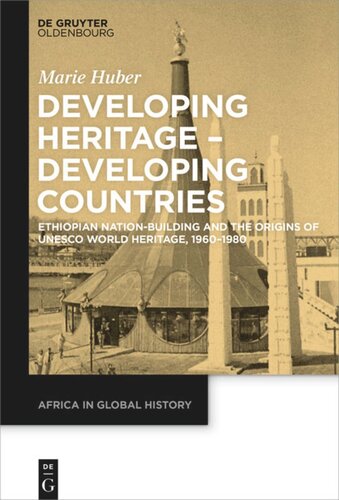

Most ebook files are in PDF format, so you can easily read them using various software such as Foxit Reader or directly on the Google Chrome browser.
Some ebook files are released by publishers in other formats such as .awz, .mobi, .epub, .fb2, etc. You may need to install specific software to read these formats on mobile/PC, such as Calibre.
Please read the tutorial at this link: https://ebookbell.com/faq
We offer FREE conversion to the popular formats you request; however, this may take some time. Therefore, right after payment, please email us, and we will try to provide the service as quickly as possible.
For some exceptional file formats or broken links (if any), please refrain from opening any disputes. Instead, email us first, and we will try to assist within a maximum of 6 hours.
EbookBell Team

4.8
34 reviewsOpen Access
The history of development has paid only little attention to cultural projects. This book looks at the development politics that shaped the UNESCO World Heritage programme, with a case study of Ethiopian World Heritage sites from the 1960s to the 1980s. In a large-scale conservation and tourism planning project, selected sites were set up and promoted as images of the Ethiopian nation. This story serves to illustrate UNESCO’s role in constructing a “useful past” in many African countries engaged in the process of nation-building. UNESCO experts and Ethiopian elites had a shared interest in producing a portfolio of antiquities and national parks to underwrite Ethiopia’s imperial claims to regional hegemony with ancient history. The key findings of this book highlight a continuity in Ethiopian history, despite the political ruptures caused by the 1974 revolution and UNESCO’s transformation from knowledge producer to actual provider of development policies. The particular focus on the bureaucratic and political practices of heritage, bridges a gap between cultural heritage studies and the history of international organisations. The result is a first study of the global discourse on heritage as it emerged in the 1960s development decade.